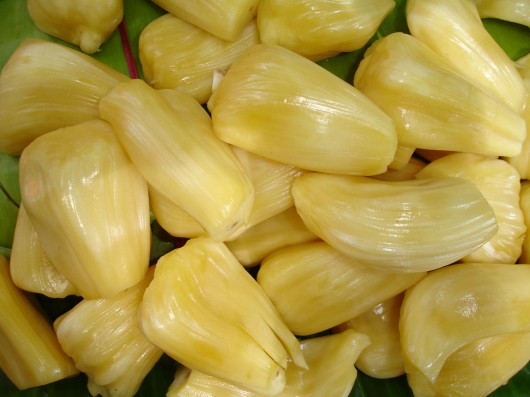Which Fruit Has The Most Magnesium?
What is Magnesium?
Magnesium is a type of chemical element. In the context of health and nutrition, it is referred to as a “mineral”, is one of the ten most common elements in the earth’s crust, and occurs naturally in most rocks, in sea water, and in most living things. Arguably, it’s most important natural role is as part of chlorophyll, which is the molecule that makes photosynthesis possible in plants and is thus the basis of the food chain.
Magnesium In Our Body
Magnesium plays several major roles in human health. It is essential in every major organ, as well as in teeth and bones.
Many of its most import roles are in regulating other chemical reactions. First, it regulates the movement of chemical compounds in and out of our cells. Many essential functions occur within cells, which are protected from the surrounding environment with an impermeable membrane. Magnesium acts as a gate-keeper to this membrane, allowing essential chemicals into the cell when they are needed. Second, it is part of many cofactor enzymes. Cofactors attach to protein molecules and help them perform chemical transformations. Third, in many cases, these cofactors build new proteins, so magnesium is essential for the construction of proteins.
Magnesium deficiency isn’t common in Western countries but does occur and can be lethal. Certain intestinal viruses or diseases can cause magnesium deficiency. Also, excessive alcohol, coffee, salt or soda may lead to magnesium deficiency. Symptoms of deficiency include anxiety, irritation, sleep problems, restless leg syndrome, muscle weakness and poor nail growth, among others.
Overdose of magnesium is rare, but can also be fatal. Magnesium salts, such as Epsom salts, were once commonly used as laxatives, and excessive use can lead to overdose. Symptoms of overdoes include very low blood pressure, nausea and confusion. Ultimately, excess magnesium can cause respiratory paralysis or cardiac arrest.
Top Fruits For Magnesium Content
The amounts of Magnesium are given for 100g of each fruit.
1 Jackfruit 37,00 mg
2 Durian 30,00 mg
3 Banana 27,00 mg
4 Blackcurrant 26,90 mg
5 Raspberry 22,00 mg
6 Guava 22,00 mg
7 Blackberry 20,00 mg
8 Mulberry 18,00 mg
9 Kiwi 17,00 mg
10 Passion Fruit 17,00 mg
11 Fig 17,00 mg
12 Strawberry 13,00 mg
13 Redcurrant 13,00 mg
14 Mangosteen 13,00 mg
15 Cucumber 13,00 mg
16 Pumpkin 12,00 mg
17 Melon (Cantaloupe) 12,00 mg
18 Tangerine 12,00 mg
19 Pomegranate 12,00 mg
20 Cherry (sweet) 11,00 mg
21 Tomato 11,00 mg
22 Watermelon 10,00 mg
23 Lychee 10,00 mg
24 Papaya 10,00 mg
25 Orange 10,00 mg
26 Gooseberry 10,00 mg
27 Carrot 10,00 mg
28 Apricot 10,00 mg
29 Peach 9,00 mg
30 Grapefruit 9,00 mg
31 Mango 9,00 mg
32 Lemon 8,00 mg
33 Pear 8,00 mg
34 Plum 7,00 mg
35 Blueberry 6,00 mg
36 Lime 6,00 mg
37 Cranberry 6,00 mg
38 Apple 5,00 mg
39 Grape 5,00 mg
40 Elderberry 5,00 mg
41 Pineapple 3,40 mg
